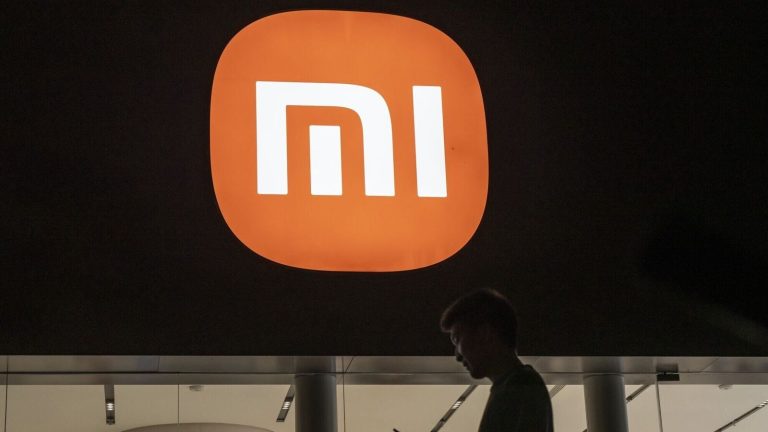This strategic pivot by the company reflects evolving consumer preferences for higher-end features, Xiaomi India chief operating officer Sudhin Mathur told Mint in an interview.
The company aims to differentiate itself through software, improving user experience for its smartphones and bring advanced artificial intelligence (AI) capabilities to more affordable price points, Mathur said.
Also read: Bhavish Aggarwal curbs ambition, seeks to raise $300mn for AI venture Krutrim
“We have had the number one position. But in businesses, numbers are not as important as revenue and profitability. From the previous years, the larger direction was probably to be at number one. Now with the changing preferences of consumers towards mid-to-premium, our strategy is shifting more towards that as we still need to build brand saliency there,” Mathur said, adding that estimates suggest 2025 would be flat for the smartphone industry’s volume growth.
Xiaomi’s move to target the over ₹20,000 smartphone segment assumes significance as the company once led India’s smartphone market for nearly five years from 2017 to 2022, purely on high-volume sales in the budget segment. The company, however, is now seeing some weakness in its volume market share due to increased competition and challenges for brand presence in offline retail, analysts said.
Tarun Pathak, research director at Counterpoint India, said, “For Xiaomi, the majority of sales come from the mass market (sub- ₹15,000). To focus on premium segment, they need to work on the offline retail point of sales and improve their brand messaging, which they have done well recently.”
According to Pathak, the strategy of focusing on products with higher average selling price (ASP) worked well for Xiaomi in China and improved its retail image, which also came from the launch of its electric vehicle SUV. In India, however, the company will have strong competition as many brands are banking on the premiumization strategy, in which companies sell higher-priced, feature-loaded products.
Also read: Don’t waste your money: These are the best Android tablets you can get in India right now
Even as Xiaomi focuses more on premium offerings, it will continue to have product presence across the price ranges starting at ₹6,500, Mathur said. In FY24, Xiaomi Technology India’s revenue fell 3.3% year-on-year to ₹25,816 crore, whereas its net profit rose 21% to ₹288 crore, according to data sourced from business intelligence firm Tofler.
In 2021, Xiaomi had a 24% market share in volume terms, which fell to 17% in 2024, according to estimates from Counterpoint India. In the January-March quarter, the company’s share is estimated to have fallen to 12%, according to Counterpoint. A few years ago, a cluttered portfolio of smartphones was also leading to a pile-up of inventory and lower sales for Xiaomi, hurting its market share.
“In 2022, we had around 28 products in the portfolio and now we have 10, which is almost one-third. We have fewer but more impactful and better products now, which follows the innovation across price segments,” Mathur said.
In India, Xiaomi makes smartphones, smart TVs, smartwatches and audio products through contract manufacturing partners such as Dixon Technologies, BYD, Optiemus Electronics and DBG.
According to Mathur, 99% of Xiaomi’s smartphones and 100% of its TV sets are being made in India. “Our local manufacturing strategy is moving in the right direction and as we continue to launch new products, we will try and ensure that they are locally produced,” Mathur said, adding that the company does not have any plans to export the products from India as of now and the focus of local manufacturing remains on serving the domestic demand only.
The company on Monday launched its first locally manufactured smartwatch, the Redmi Watch Move, in the country. The smartwatch, priced at ₹1,999, is being manufactured at Optiemus’s factory in Noida, thereby saving a 22% import tax through local manufacturing, Mathur said.
Also read: Uttar Pradesh aims to triple exports by 2030: Bold vision or too ambitious?
When asked about the possibility of participation in the newly introduced components incentive scheme, Mathur said, “We are still evaluating, we will see what the options and opportunities are. Currently, 35% of the non-PCB (printed circuit board) bill of material (BOM)—cables, chargers, plastics, etc., is locally sourced.”
For brands like Xiaomi, local manufacturing and sourcing of components also helps in cost reduction. The company will continue its model of local manufacturing via electronic manufacturing services (EMS) providers. “There is a pricing benefit that you get (with localization), and we pass it off to the end customer,” Mathur said.
Last month, the government launched a ₹22,919 crore, or $2.7 billion, scheme that will offer incentives of up to 10% of turnover and up to 25% of capital expenditure in setting up electronics components manufacturing in the country.


